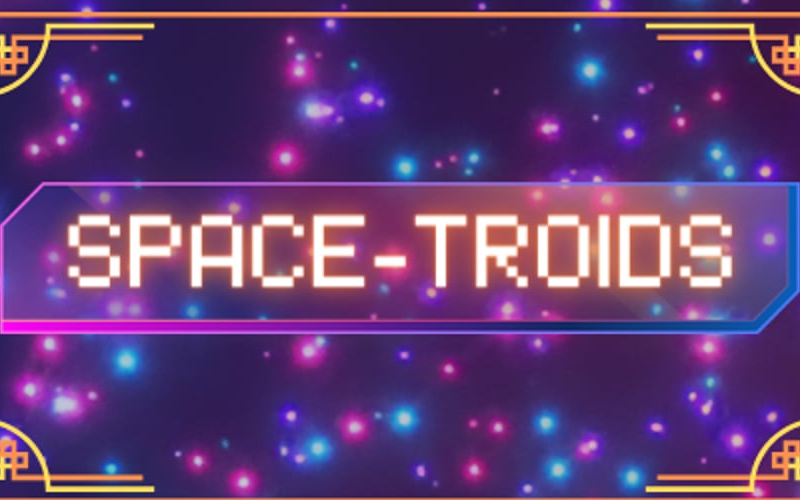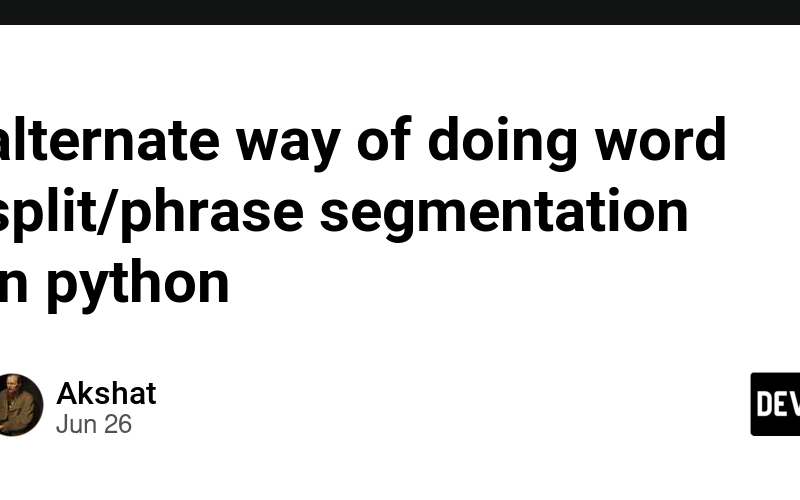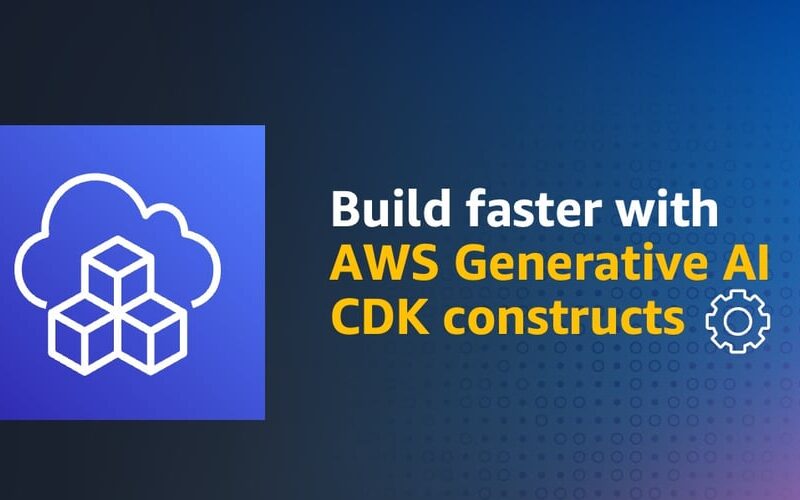09
Jul
Decorators are a powerful and versatile tool that allows you to modify the behavior of functions without permanently altering their original code. They work by wrapping a function in another function, which adds some extra functionality before or after the original function executes. What they are: Decorators are higher-order functions, meaning they take another function as an argument and return a new function. The new function returned by the decorator typically acts as a wrapper around the original function, adding or modifying its behavior. How they work: Defining the Decorator: You create a function that takes another function as its…










